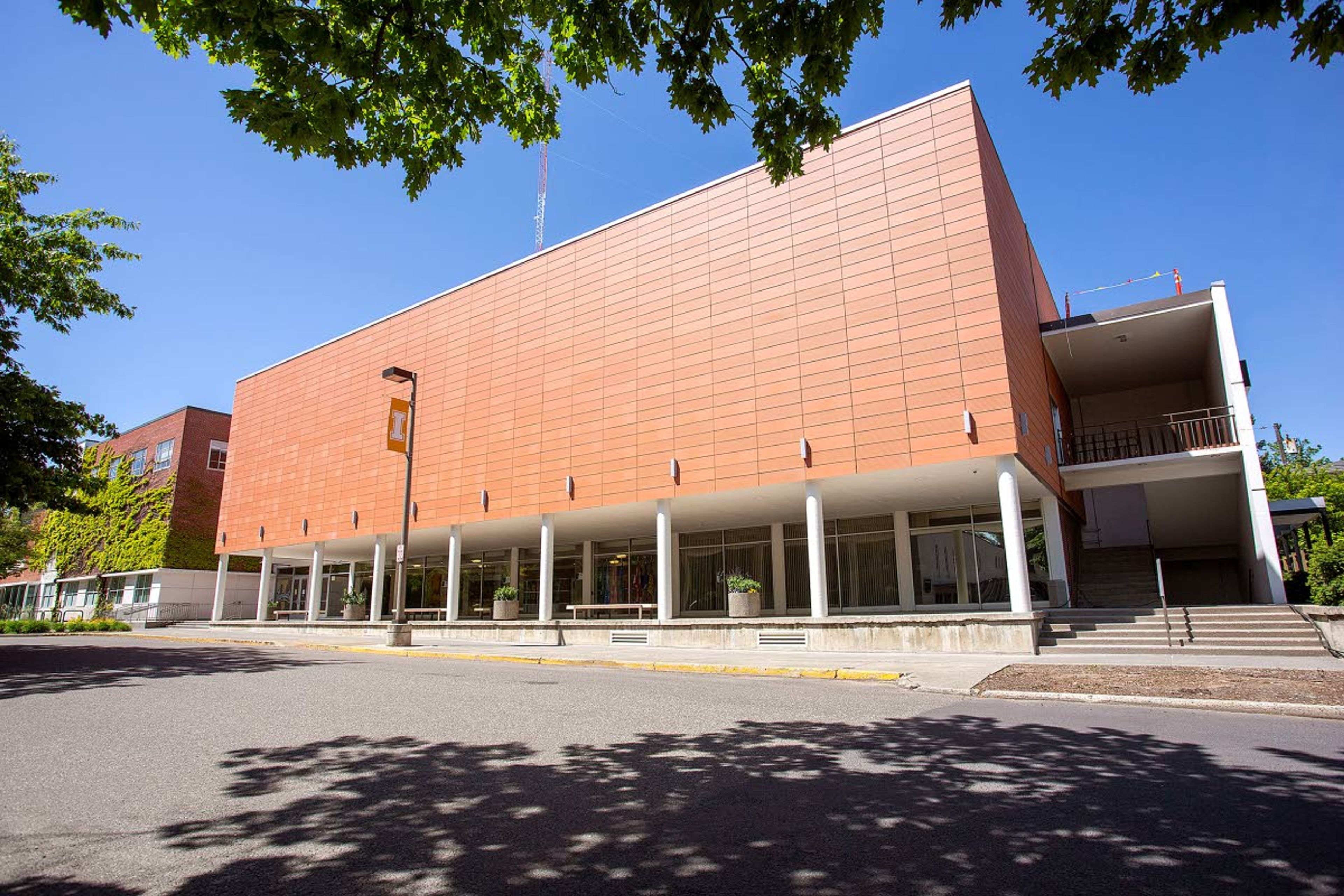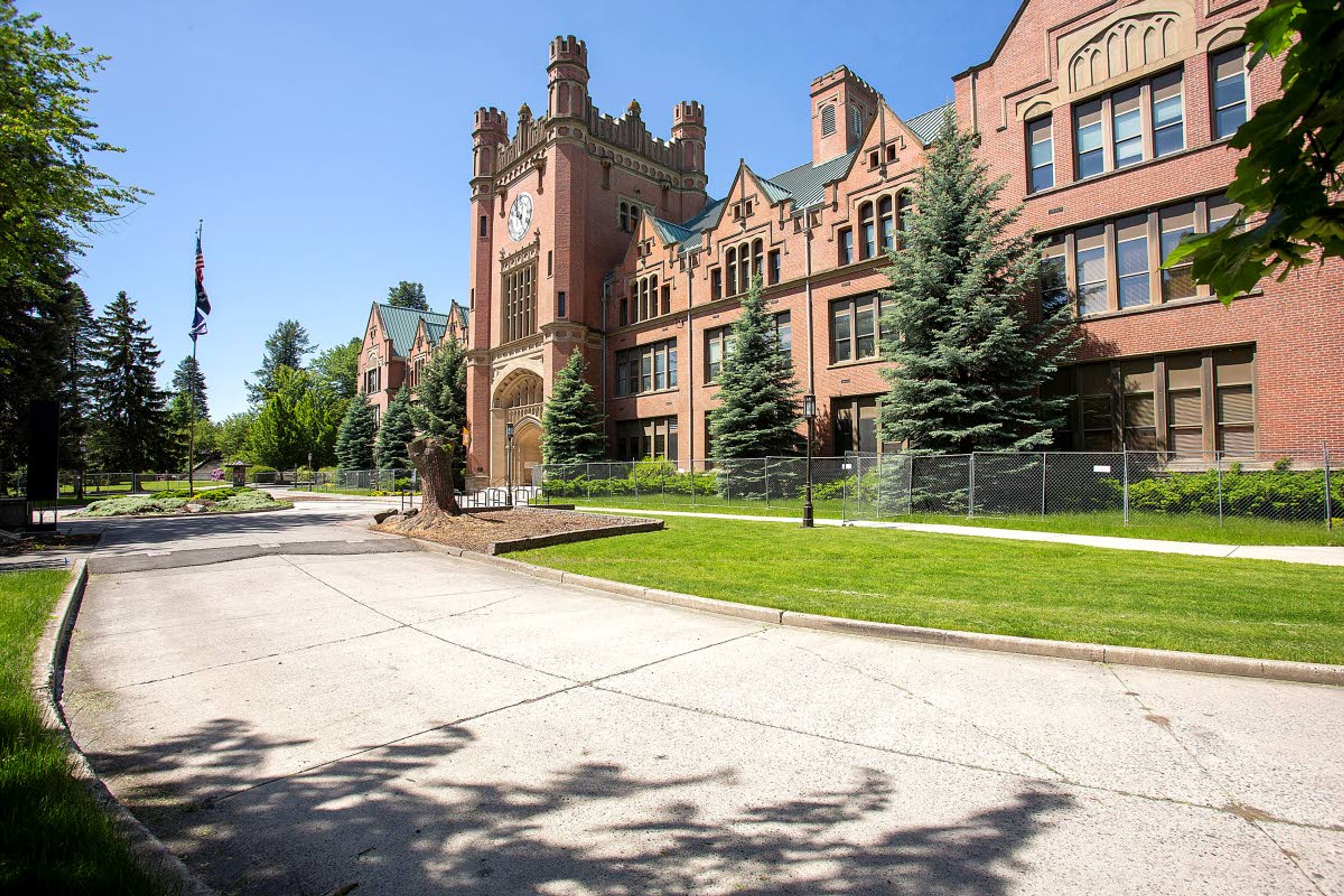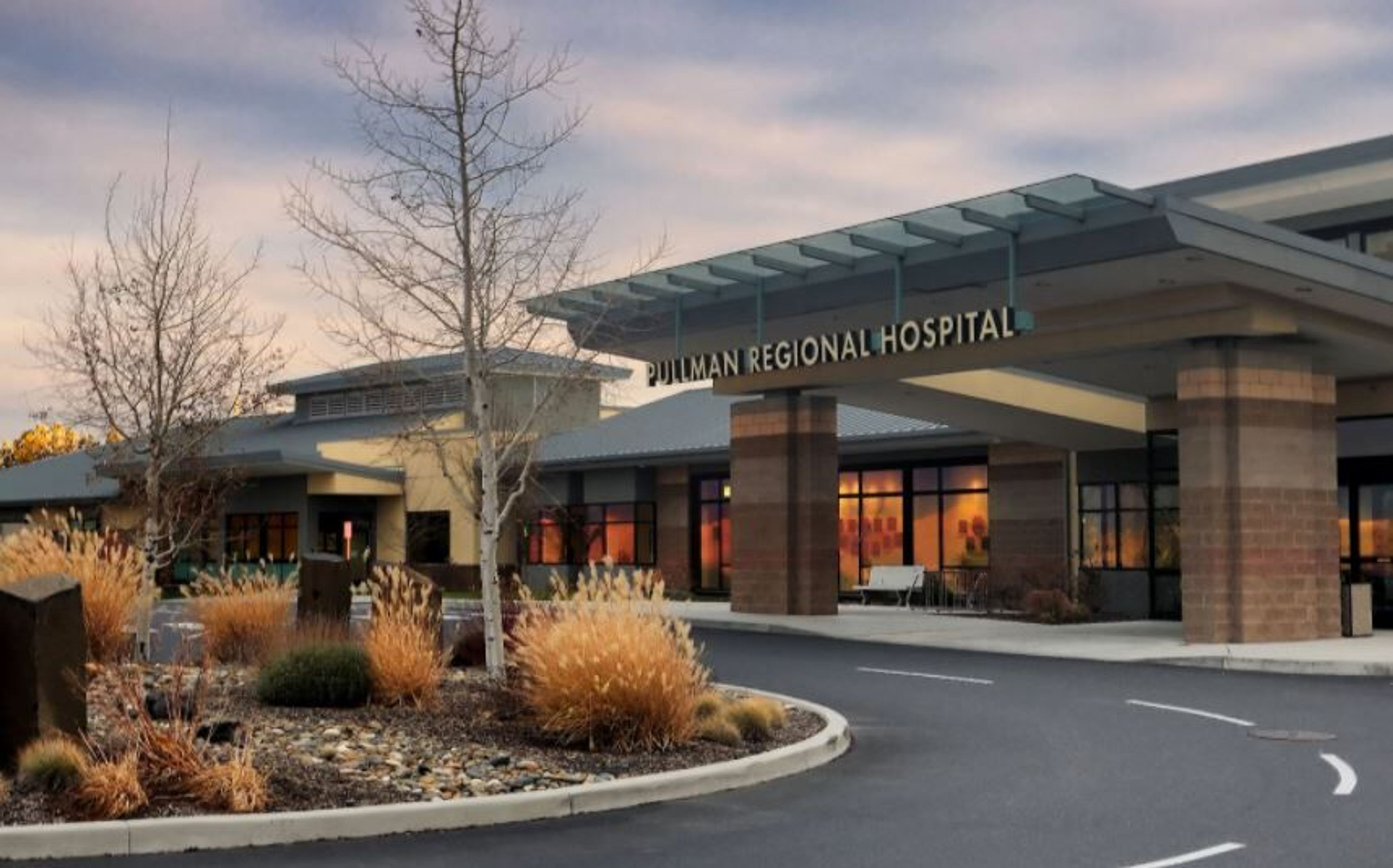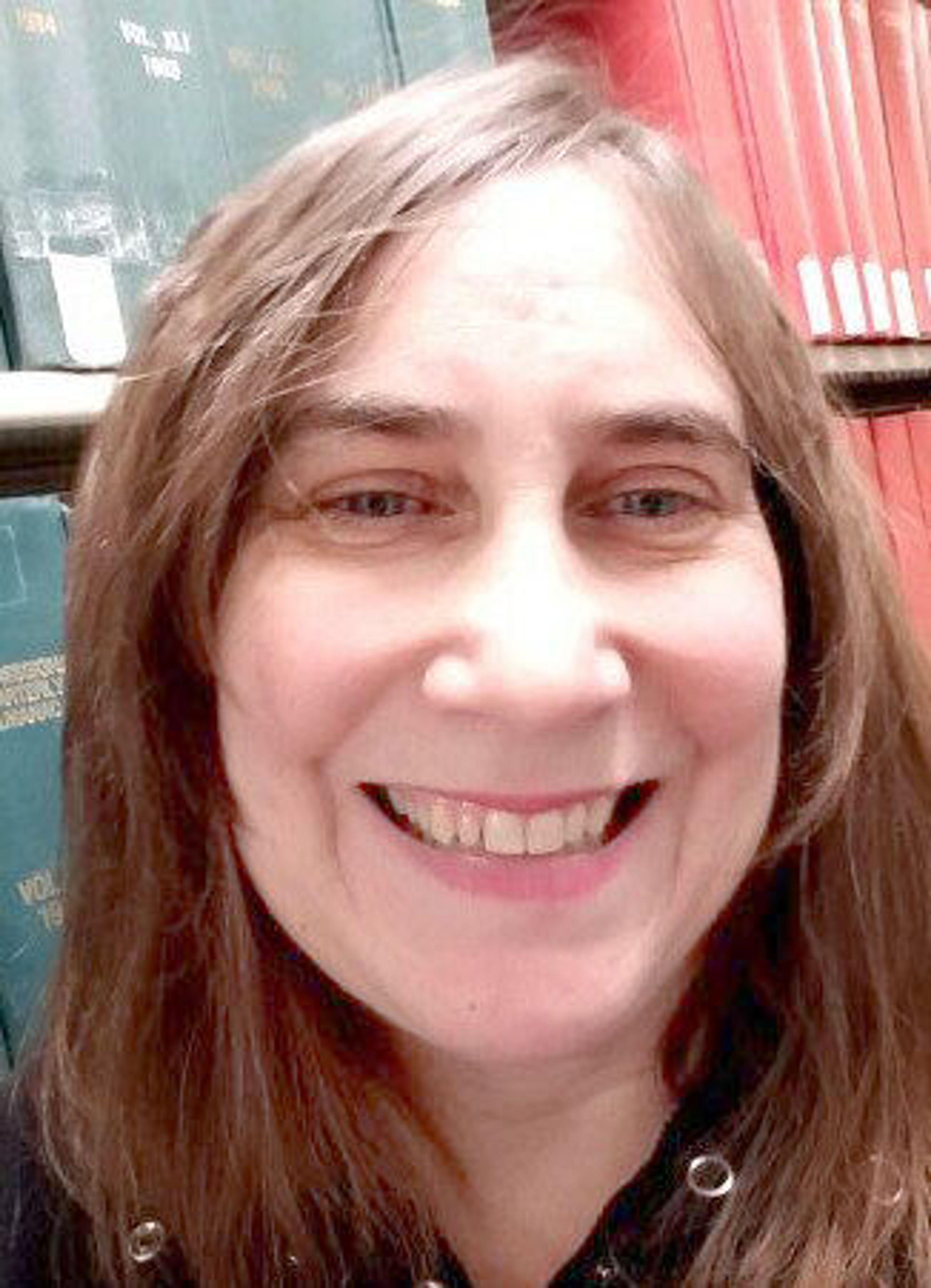The University of Idaho is knee-deep in a handful of construction projects and one of the most significant of these seeks to make major improvements to campus roadways that are reserved for pedestrians.
UI Vice President of Facilities Services Brian Johnson said this project is multifaceted. The first phase will seek to create improved access for firefighters in a pedestrian mall between the school’s Memorial Gym and the building which houses the UI’s College of Education, Health and Human Sciences. He said the need for improved firefighter access was mentioned by fire officials during the approval process for previous renovations to the Education Building but it was difficult to include the work in the funding model for that project. Instead, Johnson said, the UI committed to pursuing those improvements in a separate, future project.
“There’s already an existing (fire lane),” he said. “But our city officials would tell you, it doesn’t meet any requirements for modern firefighting equipment — it’s not wide enough, (and) it’s not strong enough.”
Johnson said phase one of this project also seeks to “pedestrianize” a small road that loops in front of the UI Administration Building’s eastern entrance. This work would raise the roadway in the loop to make it more pedestrian-friendly and more prohibitive for cars — similar to the pedestrian mall surrounding the school’s Idaho Student Union Building.
“Many of the central roads on campus were pedestrianized — they were closed to vehicular traffic — and the driver was when Mount St. Helens blew in 1980,” Johnson said. “(Because of) the ash cleanup that was needed in the core campus, all these streets were closed and when the ash cleanup was complete, the university made the decision to not reopen some of those roads.”
Johnson said workers hope to complete work on the loop before the end of the summer. He said future phases of the project would seek to pedestrianize roads closed to traffic on the north of the Admin Building as well and would improve Campus Drive where it passes in front of Ridenbaugh Hall. However these future phases aren’t expected to get underway for at least a few years.
The project costs about $1.7 million and is entirely paid for through the state’s permanent building fund, Johnson said.
Johnson said another project installing turbines in the school’s steam plant is perhaps eight to 10 months from becoming operational. He said currently, the plant produces steam under high pressure which then needs to be filtered through a series of pressure reduction valves before it can be sent to buildings on campus.
“As the steam runs through the pressure reduction valves, essentially, you lose energy and these turbine generators ... will be sited in parallel to these pressure reduction valves,” Johnson said. “If you route the steam through them, you will achieve the same pressure reduction but you will at the same time generate electricity.”
Johnson said systems will be reconfigured to feed that extra power back into the campus grid. He said altogether, that project will cost more than $3 million and was financed entirely through university funds. However, the improvements are expected to save the university $298,000 annually, meaning the UI will recoup the full cost of the project in a little more than 10 years.
Finally, a $1.6 million upgrade to the facade of the Bruce M. Pittman Center on the northeast corner of campus is nearly complete. Johnson said the project was supported through a combination of state and university funds.
He said part of the reason terracotta tiles were selected to replace the old facade was because the russet color of the material would help tie the aesthetic of the Pittman Building to other structures on campus, many of which feature a brick exterior. He said the new facade and simultaneous improvements to insulation will boost the building’s energy efficiency as well.
“That work is largely completed now … the terracotta panels are on the building now,” Johnson said. “The failing exterior tile system was all removed and a significant amount of exterior repairs were completed before those terracotta panels went up.”
Scott Jackson can be reached at (208) 883-4636, or by email to sjackson@dnews.com.









